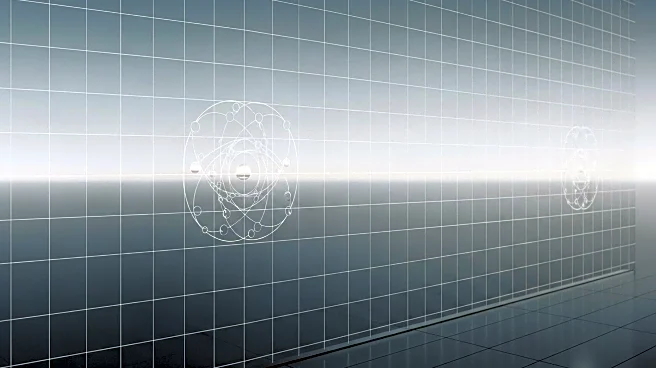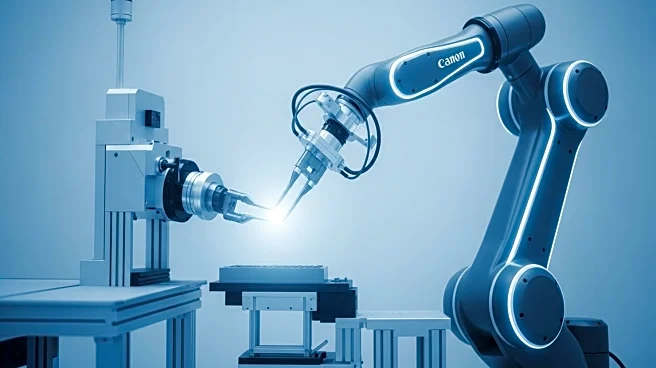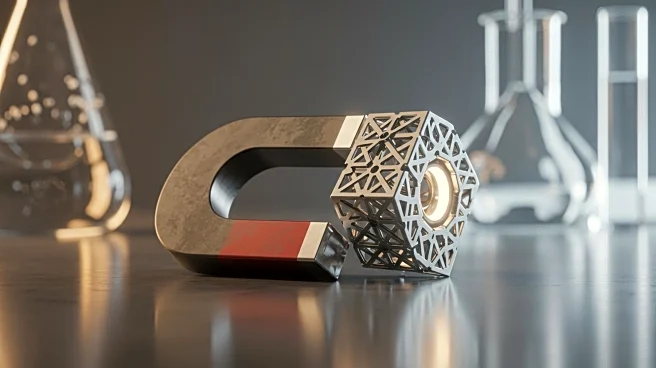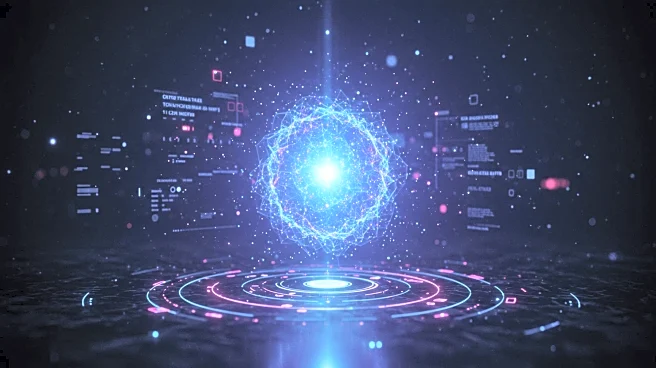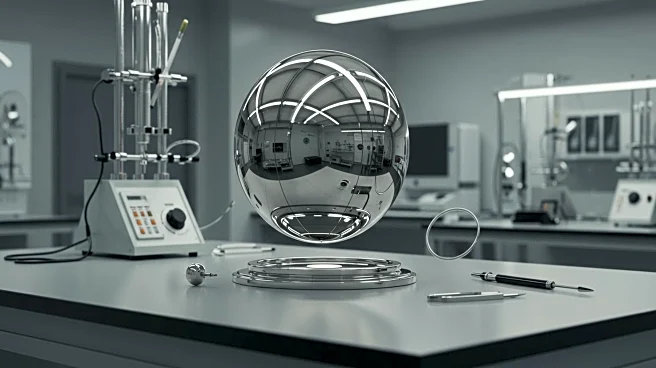What's Happening?
Researchers from Stanford University and other institutions have developed a system that integrates quantum anomalous Hall resistors and Josephson voltage standards within the same cryostat. This system offers a unified realization of the volt, ohm, and ampere, with significant reductions in measurement uncertainties. The integration aims to simplify the traceability chains of electrical measurements, making them more accessible and reducing the cost and complexity of operating primary standards. The work is part of ongoing efforts to establish a universal quantum electrical standard, which would unify the realization of these units in a single experiment.
Why It's Important?
The development of a unified quantum standard for electrical measurements could revolutionize the field by reducing costs and complexity associated with maintaining separate standards. This advancement is crucial for industries reliant on precise electrical measurements, such as electronics and telecommunications. It could lead to more consistent and reliable data across different sectors, enhancing innovation and efficiency. The integration of quantum effects into measurement standards also represents a significant step forward in the application of quantum physics to practical technologies.
Beyond the Headlines
The pursuit of a universal quantum electrical standard reflects broader trends in scientific research towards unification and simplification. It highlights the potential for quantum technologies to transform traditional measurement systems, offering new possibilities for precision and accuracy. This development may also influence educational and research priorities, encouraging further exploration of quantum effects and their applications.



